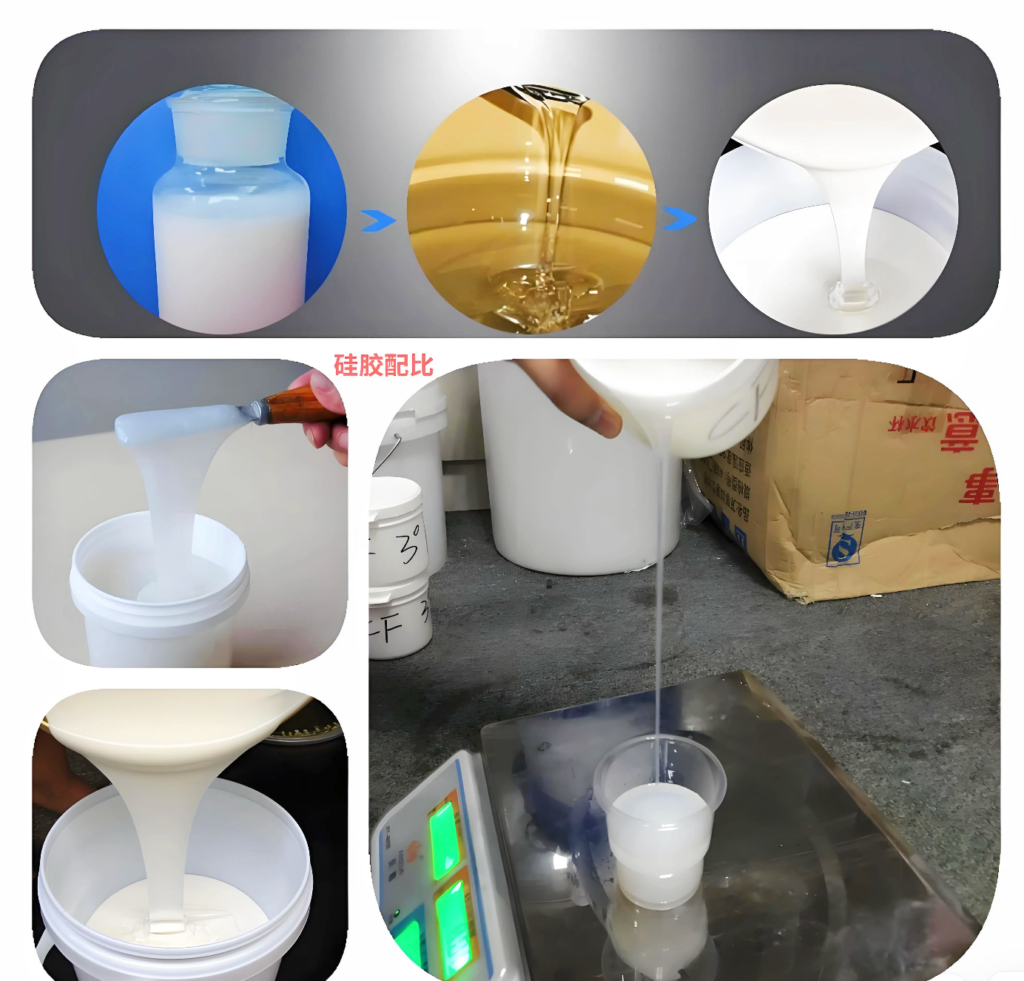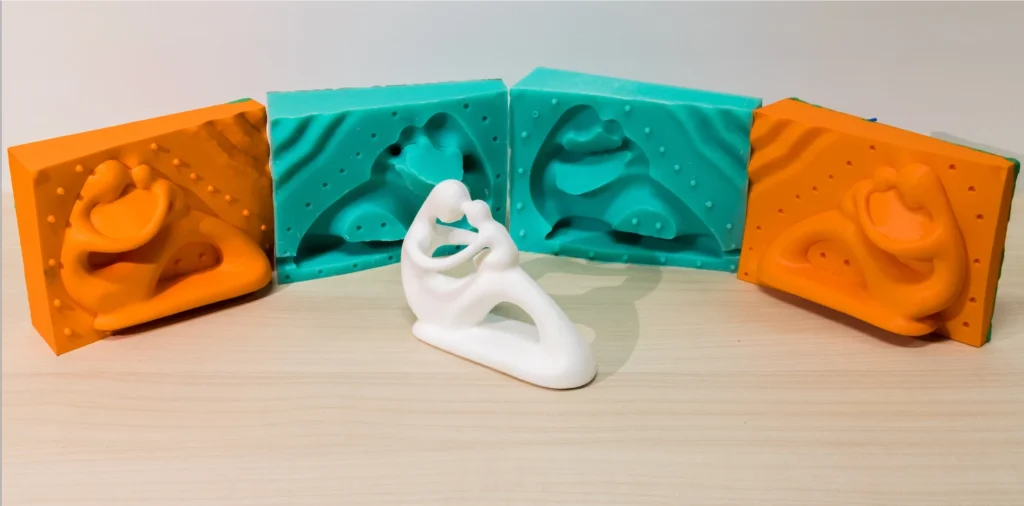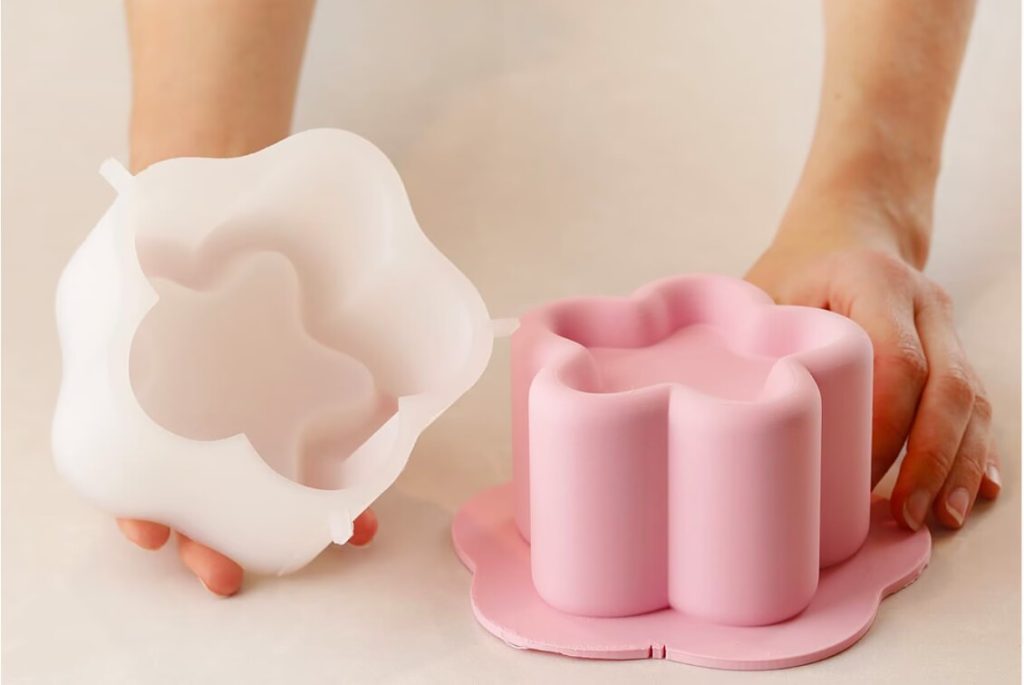Why Does Mold Grow on Silicone?
Mold loves wet spots. Silicone is often used to stop water leaks. But if the silicone stays wet, mold can start to grow. Think about your shower. Water hits the silicone caulking every day. If it doesn’t dry, mold sees a great place to live! This is common in high-humidity mold solutions discussions. Mold spores are tiny seeds floating in the air. They land on the wet silicone and grow. Sometimes you see black mold removal needs. It looks bad and needs cleaning. We want mold spores elimination!
What You Need for Cleaning Mold
Before we start the cleaning mold from silicone job, let’s get our tools ready. Having the right stuff makes the job easy!
Tools:
- Spray Bottle: To spray our cleaners.
- Brush: An old toothbrush works great for toothbrush scrubbing! Or use a small scrub brush like an OXO Good Grips Brush. A Scrub Daddy Sponge or Scotch-Brite Scrubbing Pads can also help with scrubbing mold stains.
- Cloths: Soft cloths like Norwex Microfiber Cloths for wiping and microfiber cloth cleaning.
- Gloves: Protective gloves for cleaning keep your hands safe.
- Mask: A respirator mask safety is good if using strong cleaners. Look for Moldex Respirators.
Cleaners (Pick one or two):
- Vinegar: Simple white vinegar solution or distilled white vinegar. This is a top non-toxic mold removal choice . It’s one of the best all-natural cleaners.
- Hydrogen Peroxide: Use hydrogen peroxide cleaner (the 3% kind you find in stores). It comes in a hydrogen peroxide spray bottle sometimes.
- Baking Soda: Good old baking soda cleaning. Make a baking soda paste scrub. It also helps with odor removal after mold. Great as a baking soda deodorizer.
- Bleach: Bleach solution for mold (like Clorox Bleach) works but needs care. Know the right chlorine bleach dilution or bleach dilution ratios.
- Store Cleaners: Products like Lysol Mold & Mildew Remover, RMR-86 Instant Mold Stain Remover, Tilex Mold & Mildew Remover, Zep Mold & Mildew Stain Remover, Mold Armor Cleaner, Goo Gone Mold & Mildew Remover, EC3 Mold Solution, or Concrobium Mold Control. Many are silicone-safe cleaners. Check the label! You can find these at stores like Home Depot or on Amazon (mold removal products).
- Other Natural Options: Lemon juice for mold or tea tree oil antifungal drops mixed with water. Maybe even a Borax mold solution. Some people like OxiClean solution for mold (OxiClean Versatile Stain Remover) or enzyme-based cleaners. Even dish soap and peroxide mix can work sometimes. Other brands like Seventh Generation Disinfectant, Method Antibacterial Spray, Simple Green All-Purpose Cleaner, Mrs. Meyer’s Clean Day, Thieves Household Cleaner, and Force of Nature Disinfectant offer options. Dr. Bronner’s Castile Soap or Branch Basics Concentrate are gentle choices. Bon Ami Cleaning Powder is another classic. The Laundress Mold & Mildew Spray is a specialty item.

Safety First!
- Always wear protective gloves for cleaning.
- Open a window for ventilation during cleaning. Fresh air is important!
- Wear a respirator mask safety mask if using bleach or strong smells bother you. Follow EPA Mold Remediation Guidelines and CDC Mold Cleanup Recommendations for big mold problems.
Easy Steps: How to Remove Mold from Silicone
Okay, let’s fight that mold! Here are different ways. Pick the one that seems best for you. These are great household cleaning hacks.
Method 1: Vinegar Power! (Good for light mold)
Vinegar is a star homemade mold killer. Its natural acid fights mold .
- Mix: Put equal parts white vinegar and water in your spray bottle . Use distilled white vinegar if you have it.
- Spray: Spray the vinegar solution all over the moldy silicone sealant mold. Get it nice and wet . This is the spray and soak method.
- Wait: Let the vinegar sit for at least 30 minutes. If the mold is bad, wait 1 hour . Let the vinegar do its work!
- Scrub: Use your brush (toothbrush scrubbing works well!) to scrub the mold away .
- Rinse: Wipe the area with a wet cloth.
- Dry: Dry the silicone well with a clean cloth. Air-drying silicone fully is key .
Good News: Studies show vinegar can remove 90% of mold in showers . It’s a great non-toxic mold removal way. If you worry about the smell, try vinegar scent elimination by rinsing well or using baking soda later.
Method 2: Hydrogen Peroxide Helper (Fast action!)
Hydrogen peroxide cleaner is another good choice. It’s often seen as a bleach alternative for silicone.
- Spray: Spray 3% hydrogen peroxide spray right onto the kitchen silicone mold or shower caulk mold .
- Wait: Let it sit for 10 minutes. Bubbles might appear – it’s working !
- Scrub: Scrub hard with your brush. The mold should lift off . This helps with mold stain eradication.
- Wipe: Wipe clean with a damp cloth.
- Dry: Dry the area fully .
Good News: This can remove 95% of surface mold in just 10 minutes ! Remember hydrogen peroxide safety – keep it out of eyes.
Method 3: Baking Soda Scrub (For stubborn spots)
Baking soda cleaning is great for gentle scrubbing.
- Make Paste: Mix baking soda with a little water to make a thick paste. This is a baking soda paste scrub.
- Apply: Spread the paste over the moldy spots.
- Wait: Let it sit for 10-15 minutes.
- Scrub: Scrub well with your brush. This can help with scum removal from silicone too.
- Rinse & Dry: Wipe clean and dry completely.
Tip: For really tough mold stains, try mixing baking soda with a bit of bleach . But be careful! Test in a small spot first. Never mix bleach with vinegar or hydrogen peroxide.

Method 4: Store-Bought Cleaners (When you need extra power)
Sometimes, DIY mold cleaners aren’t enough. Commercial products like RMR-86 Instant Mold Stain Remover or Concrobium Mold Control are strong .
- Read: Always read the instructions on the bottle first!
- Apply: Spray or apply the cleaner as directed. Brands like Tilex Mold & Mildew Remover or Lysol Mold & Mildew Remover are common. Mold Armor Cleaner is another option.
- Wait: Let it sit for the time listed.
- Scrub/Wipe: Scrub if needed, then wipe clean.
- Rinse & Dry: Rinse very well and dry the silicone.
Remember Safety: Use protective gloves for cleaning and ensure good ventilation during cleaning .
Method 5: When Mold is Under the Silicone (Uh oh!)
Sometimes mold grows deep behind or under the silicone sealant. This is mold under silicone sealant. If you see dark shadows there, cleaning the top won’t fix it .
- Remove Old Silicone: You must do moldy caulk replacement. Carefully cut the old, moldy silicone caulking away with a utility knife . It might peel off easily if mold has loosened it .
- Clean Area: Clean the empty space well. Use isopropyl alcohol cleaner or vinegar. Make sure all mold traces are gone. You might use a baking soda and bleach solution here too .
- Dry: Let the area dry completely. This can take hours.
- Apply New Silicone: Put in new, clean silicone sealant. Choose a good quality mold-resistant silicone like GE Silicone II Kitchen & Bath or DAP Silicone Sealant. Gorilla Waterproof Caulk & Seal or 3M Marine Adhesive Sealant are other strong choices. Using the right material, like quality silicone for rapid prototyping molding, ensures a good seal that lasts.
- Smooth & Dry: Smooth the new silicone and let it cure (dry) fully. Follow the product directions. Re-caulking after mold removal gives a fresh start .
Need Help? If moldy caulk replacement seems too hard, you can find help from Angi (mold removal services).
Stop Mold Coming Back! Preventing Mold Regrowth
Cleaning mold from silicone is great, but let’s stop it from returning! Preventing mold regrowth is key .
- Keep it Dry: This is the #1 rule! After showers or using the sink, wipe the silicone sealant dry with a cloth. Use good silicone drying techniques. Air-drying silicone is not enough in wet areas . A consistent post-shower cleaning routine makes a huge difference. Daily drying can cut mold by 65% !
- Good Air Flow: Use an exhaust fan in the bathroom. Open windows. Good ventilation helps dry things out. A dehumidifier use for mold control can help in damp basements or rooms.
- Regular Cleaning: Don’t wait for mold! Do regular cleaning weekly . Wipe silicone with your vinegar solution or soapy water. Products like Mrs. Meyer’s Clean Day or Dr. Bronner’s Castile Soap are gentle options. Weekly vinegar wipes can cut regrowth by 80% ! This is vital for silicone sealant maintenance and silicone caulking care.
- Use Mold-Resistant Products: When replacing silicone, use mold-resistant silicone . These special silicones have anti-fungal treatments added. They can reduce mold growth by 50% ! Look into mold-resistant coatings too.
- Check for Leaks: Fix leaky faucets or pipes. Less water means less mold.
- Post-Cleaning Sealing: After a deep clean, consider applying a mold prevention spray or even silicone grease application where appropriate (not on shower seals!). Ensure good silicone waterproofing.

Safety First! Quick Reminders
- Wear Gear: Always use protective gloves for cleaning and consider a respirator mask safety mask .
- Fresh Air: Ensure good ventilation during cleaning .
- Test Spot: Test cleaners on a hidden spot first. This prevents surprise silicone discoloration causes or moldy silicone discoloration. Check silicone durability after cleaning.
- No Mixing: Never mix bleach with ammonia, vinegar, or hydrogen peroxide. Dangerous fumes! Stick to bleach dilution ratios if using it.
- Read Labels: Follow directions on cleaners like Clorox Bleach or RMR-86. Check if they are silicone-safe cleaners.
Questions People Ask (FAQs)
Can I put silicone things in the dishwasher?
Check if it says dishwasher-safe silicone. If yes, top rack is usually okay . This helps with silicone baking mold cleaning or baby bottle silicone mold.
Does boiling silicone kill mold?
Boiling silicone sterilization might work for some small items, but heat can damage silicone. Check heat-resistant silicone care info first. Perform silicone heat resistance testing carefully if needed.
Why does mold keep coming back?
Usually too much moisture. Find the water source! Improve drying and ventilation. Maybe upgrade to mold-resistant silicone . Do post-cleaning inspection regularly.
Is mold on food silicone dangerous?
Yes, food mold contamination is risky. Clean food-grade silicone care items very well. Follow FoodSafety.gov mold guidelines. Look for NSF International certification on food items. This applies to silicone food storage care, microwave-safe silicone cleaning, and freezer silicone mold care. Even flexible items like silicone for insoles making need cleaning if they contact skin.
What about mold in washing machines?
Clean the washing machine silicone mold on the door seal regularly. Vinegar or special cleaners work.
Grout vs. silicone mold – what’s the difference?
Mold grows on grout but can grow under silicone . Cleaning methods differ. Grout vs. silicone mold requires different approaches.
How long does silicone last after cleaning?
Silicone lifespan after cleaning depends on the silicone quality and how well you prevent regrowth. Good care helps it last years. Some products like Rejuvenate Silicone Restorer claim to help.
You Can Do It!
See? Removing mold from silicone doesn’t have to be hard. With simple things like vinegar for mold or hydrogen peroxide cleaner, you can clean it up . Remember the steps: clean, rinse, and dry well! Use toothbrush scrubbing for tight spots.
The best trick is preventing mold regrowth . Keep silicone dry, let air flow, and clean often. Use mold-resistant silicone when you can .
For more household cleaning hacks and tips, check out experts like Bob Vila (cleaning guides), The Spruce (cleaning articles), This Old House (YouTube tutorials), Family Handyman (cleaning tips), Martha Stewart Home Cleaning, or HGTV Mold Remediation Tips. If you need special silicone like silicones for prosthetic application or materials used by a pad printing silicone manufacturer, ensure you follow specific cleaning advice for those types. Quality materials, like those for silicone for vacuum bag casting, often resist mold better.
Now you know how to remove mold from silicone and keep it away. Good luck making your home clean and fresh!